The solar industry has fought for decades to earn its reputation as the fastest, cheapest way to decarbonize the grid. But in 2025, as deployment accelerates and policy support wanes, the industry must face an inconvenient truth: the solar sector’s obsession with cutting costs is now undermining module reliability, safety, and lifecycle economics.
On the bright side, solar power remains the world’s lowest-cost electricity source, according to Lazard’s latest LCOE Report. This is true on an unsubsidized basis (i.e., without tax benefits or other credits), despite the technology facing macro challenges and headwinds.
But the never-ending pursuit of lower costs has its downside, as an ever-increasing number of reports in the media confirm.
Today’s solar modules are breaking during shipping, storage, installation, and normal operations – not to mention under extreme weather stress. Field failures are even occurring in conditions that are below the level at which modules are certified. Large-format modules have become too fragile, as documented authoritatively here and here, with less frame material and weaker glass – all in the name of cost reduction. The economic impact of poor quality has proven repeatedly to be more important to project profitability than the aggressive focus on “first-cost” cost reductions. Simply put: it is more expensive to address quality and reliability defects at the end of the value chain, versus during the design and planning phase.
When frames fail, so do projects
These failures aren’t just at the margins – they’re happening in mainstream, utility-scale modules using two panes of 2 mm glass and reduced-strength aluminum frames. A report from the International Energy Agency’s PVPS program found breakage rates as high as 50% in some field-deployed 2 mm glass modules within nine months of installation. Even in the more common case of 1-2% module breakage, glass failure can lead to ground faults and inverter tripping, amplifying the effect significantly.
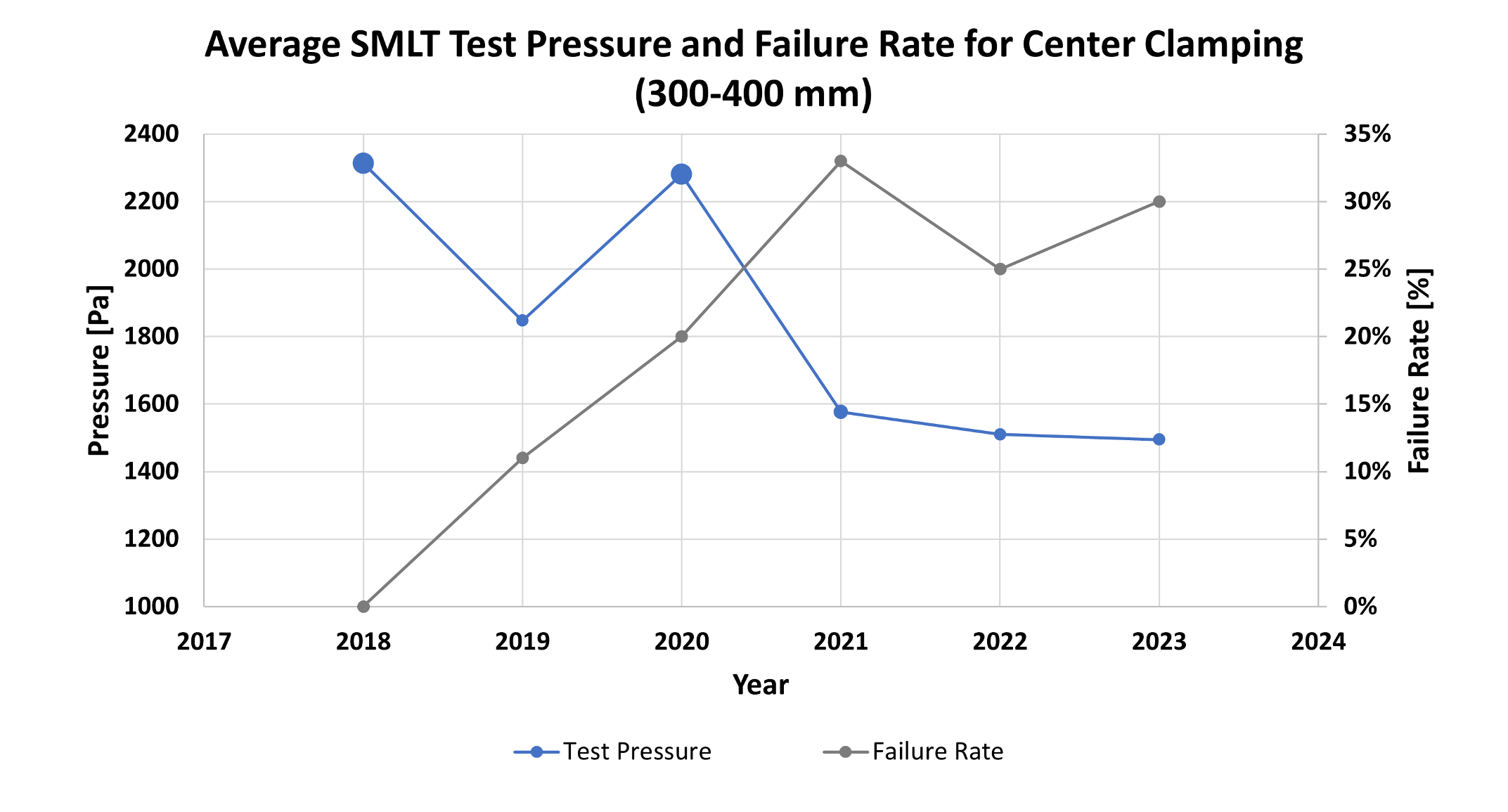
The conclusion is inescapable: reducing glass and frame costs while increasing module size and not updating test standards represents a significant industry failure.
Module glass has gotten thinner, making it challenging to reach the same level of temper. But more importantly, manufacturers – chasing ever-lower costs per watt – have also shaved down the height, wall thickness, and resulting strength of their aluminum frames.
One example of damaging cost-cutting has been documented by CRU Group, which found a 9% reduction in aluminum content by weight when comparing older certified module frames to newer ones that failed Kiwa PVEL’s mechanical stress sequence (MSS) test.
Frames used to be the protective backbone of solar modules; today they’re often the weakest structural link. Glass now has to provide the majority of a module’s strength. Since glass has a wider strength distribution (higher standard deviation) than metal, shifting the load bearing function to the glass should require an increase in factor of safety, rather than paring it down.
Groundwork Renewables demonstrated that strength expectations for modules (average test pressures) have been reduced by nearly 40% over the past five years, while test failures have increased from nearly zero percent to 30%. This shows a continued disconnect in the industry between strength requirements from sites and strength capabilities from modules.
Raising test standards
The solar industry is at a crossroads. Lower-quality modules that are approved for a project based on eroded certification standards threaten to undermine decades of steady progress. We need to re-establish a higher level of production integrity and focus on maximizing energy harvest over a project’s lifetime. Getting there demands more rigorous testing and certification, with tighter standards and requirements. For example: more samples tested; a return to higher and more rational load ratings that represent the real-world conditions that solar plants experience; and testing to failure to ensure a return to meaningful safety margins.
In short, the industry needs to rethink testing and certification protocols for high-performance, long-life modules. Reducing specifications and safety margins to certify a module for sale and expecting tracker makers, EPCs, or other parties to take up the slack to ensure project durability is the wrong approach.
Modules should be tested under extended mechanical load scenarios, simulating real-world wind, snow, and mounting conditions. A broader set of test methods, such non-uniform loading, is also being explored to gain a deeper understanding of potential module weaknesses.
Certification testing also falls short when it relies on single-test iterations, which are insufficient for materials with a wide standard deviation in mechanical strength, such as glass. Certification should require testing a minimum of 3–5 modules. Inadequate test pressures compound this issue. To give one example based on Groundwork’s research: 400 mm mount average test loads for M10 glass-glass modules have been reduced from 2400 Pa to 1500 Pa – and even as low as 800 Pa – over the past 5 years. As both field failures and test failures have increased over this timeframe, these test loads are clearly insufficient for real-world site conditions.
Ultimately, certified modules should carry a higher Factor of Safety (FOS) – the value that determines the appropriate maximum allowable design load. Increasing the FOS industry-wide would serve as a type of safety net for the range of issues a module can have; edge conditions, glass tempering, and other failure modes.
The FOS used for solar modules today is 1.5, which is the minimum under the IEC 61215 standard. This value is extremely low compared to standard values used in building codes. For example, the lowest factor of safety required by AISC 360: Specification for Structural Steel Buildings, is 1.67, and this is for a well-controlled material with a low standard deviation of failure. The North American Specification for the Design of Cold-Formed Steel Structural Members (AISI-S100-16) calls for a minimum of three test iterations to determine a design capacity based on load testing – and even then requires a factor of safety of 2–2.5, unless additional iterations (beyond three) are run.
Recommendations
It’s clear that current test standards are hurting the solar industry. Weaker, cost-reduced module samples are passing based on outdated certification tests. Yet lab and field failure rates are skyrocketing. Energy production on utility-scale systems cannot be assured, hurting project bankability. Meanwhile, the industry seems to be looking the other way.
Escaping outdated test regimes demands a collective shift in mindset and methodology. Here are some sensible changes we encourage the industry to consider:
- Add rigor to certification testing so it requires reasonable minimum test loads and multiple sample iterations.
- Increase module Factor of Safety (FOS) minimum requirement to more accurately reflect standard deviation of assembly test results.
- Implement pre-certification testing-to-failure and other more predictive types of tests with multiple iterations, across real-world tracker and mounting use cases.
Steel Frames and the Case for Stronger Standards
Since the first solar cell was invented nearly 100 years ago, the industry has been constantly evolving. It has advanced solar technology through better materials, greater efficiency, and massive cost reductions. It’s time for current testing standards to change as well – to reflect real-world conditions and not hinder industry progress. More rigorous testing to ensure stronger modules is the right step.
One way that solar manufacturers could readily strengthen modules is by adopting steel frames. Shifting from aluminum to steel can quickly and inexpensively remedy multiple performance issues. As Origami has proven in third-party-certified lab tests and production settings, steel frames better support today’s larger, thinner modules; they offer superior strength in multiple test-to-failure scenarios; and they enable higher FOS values – boosting bankability. And they would pass the stricter certification tests we believe are needed.
Yet even as Origami and testing partners have demonstrated the superior strength of steel frames and the efficacy of more challenging testing approaches, testing regimes remain business as usual. Bankability frameworks and requirements are slow to adapt. We are building a 21st-century energy infrastructure based on a 20th-century testing mindset.
The experts at Groundwork and Origami are collaborating together and with module makers to stress-test steel-framed modules under extreme load conditions. Modernized testing, higher safety margins, and a renewed commitment to long-term performance presents a clear path forward. If the industry wants to scale responsibly in a post-subsidy world, it must build for real-world conditions – not the outdated scenarios of legacy tests.
Lauren Ahsler is the Vice President of Engineering at Origami Solar, a developer of steel solar module frames. Colin Sillerud is Director of Reliability Testing at Groundwork Renewables, an independent meteorological data, services, and testing laboratory for the solar industry.
The views and opinions expressed in this article are the author’s own, and do not necessarily reflect those held by pv magazine.
This content is protected by copyright and may not be reused. If you want to cooperate with us and would like to reuse some of our content, please contact: editors@pv-magazine.com.
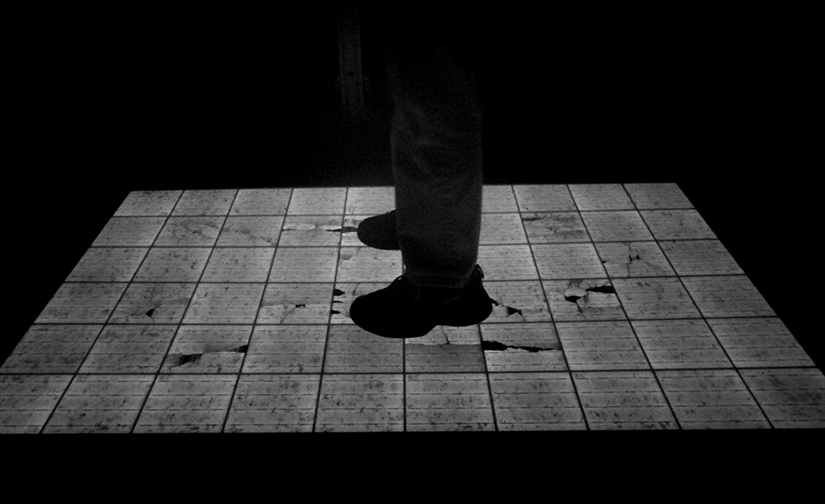


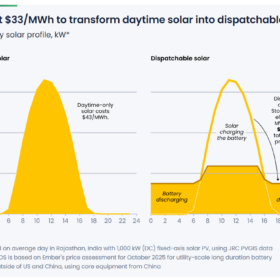
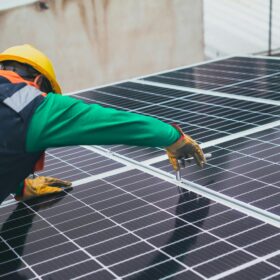

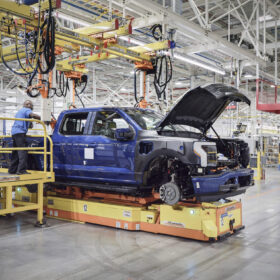
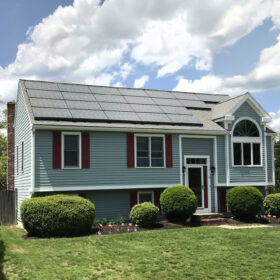
This is not the first industry that has succeeded in watering down certification testing standards. Therefore, the people obliged to know the needed testing standards are the end-users or moreover the insurers/sureties who have to pay for failures. So yes, sadly, you have to know your business.